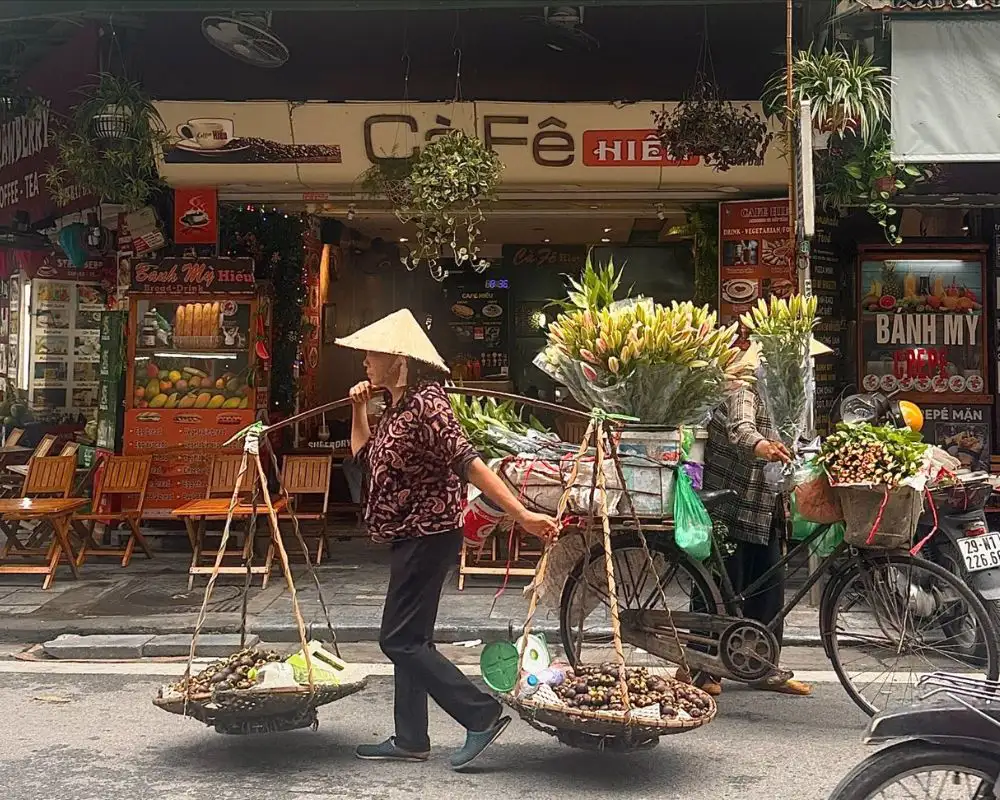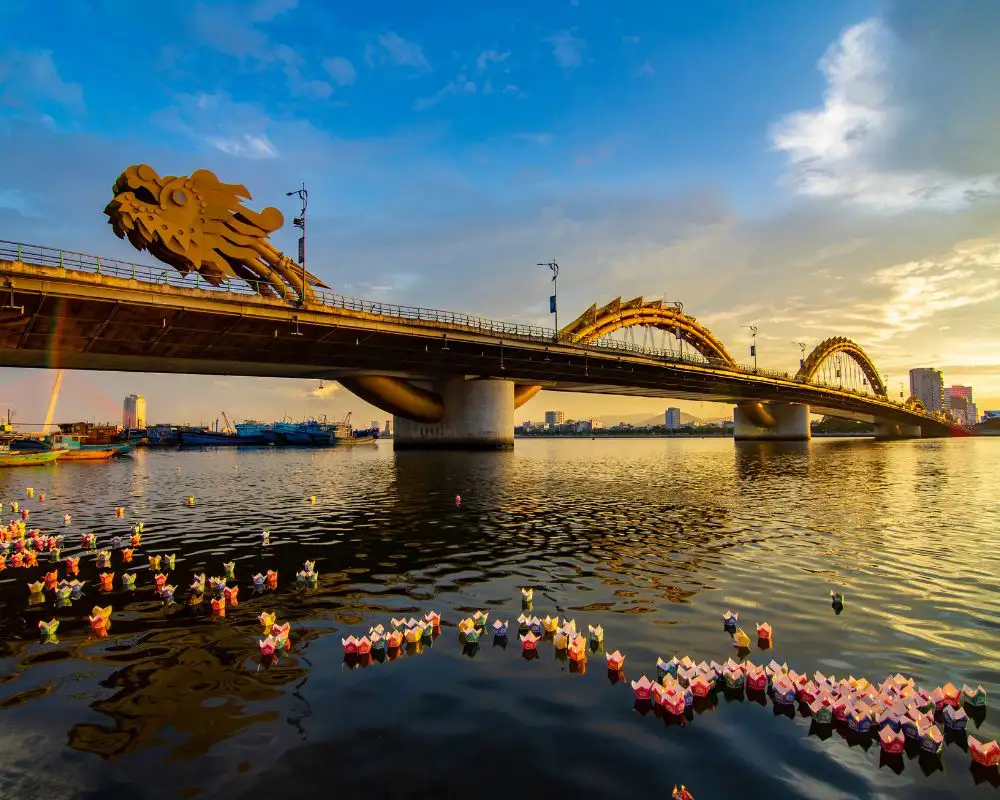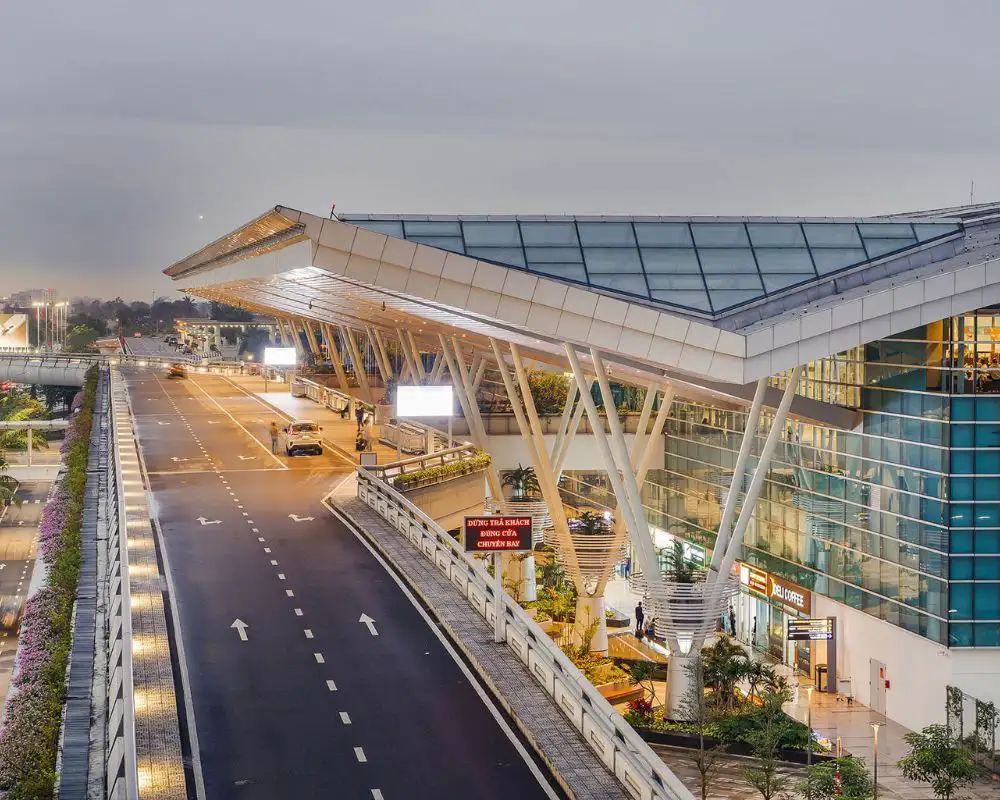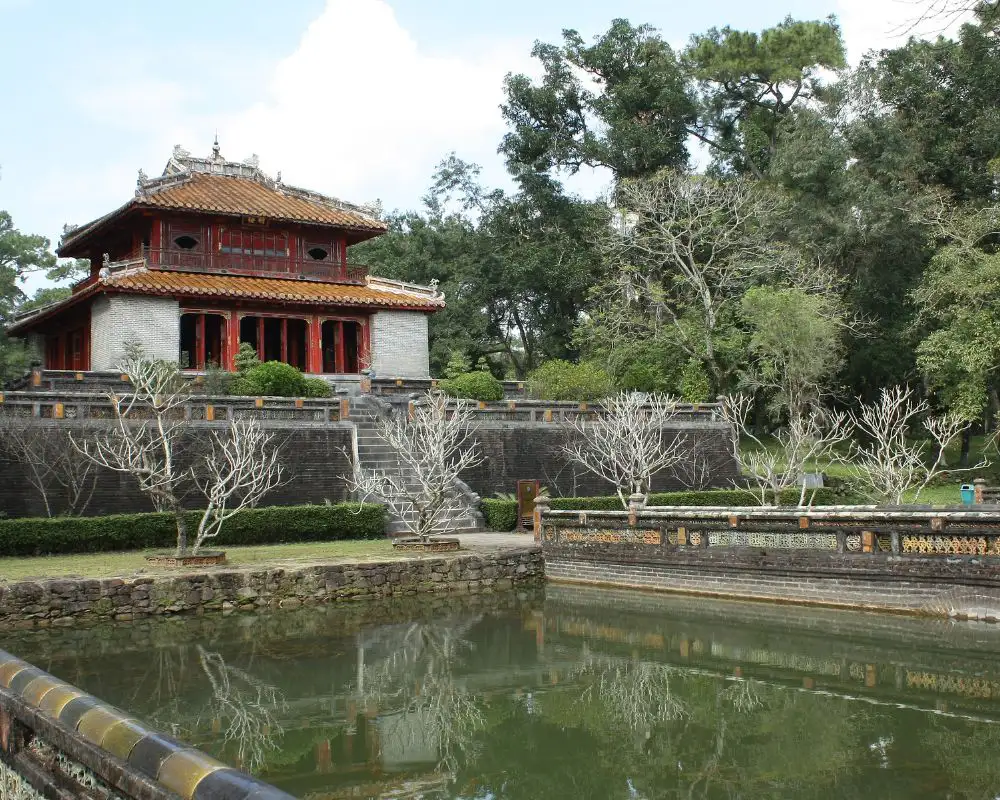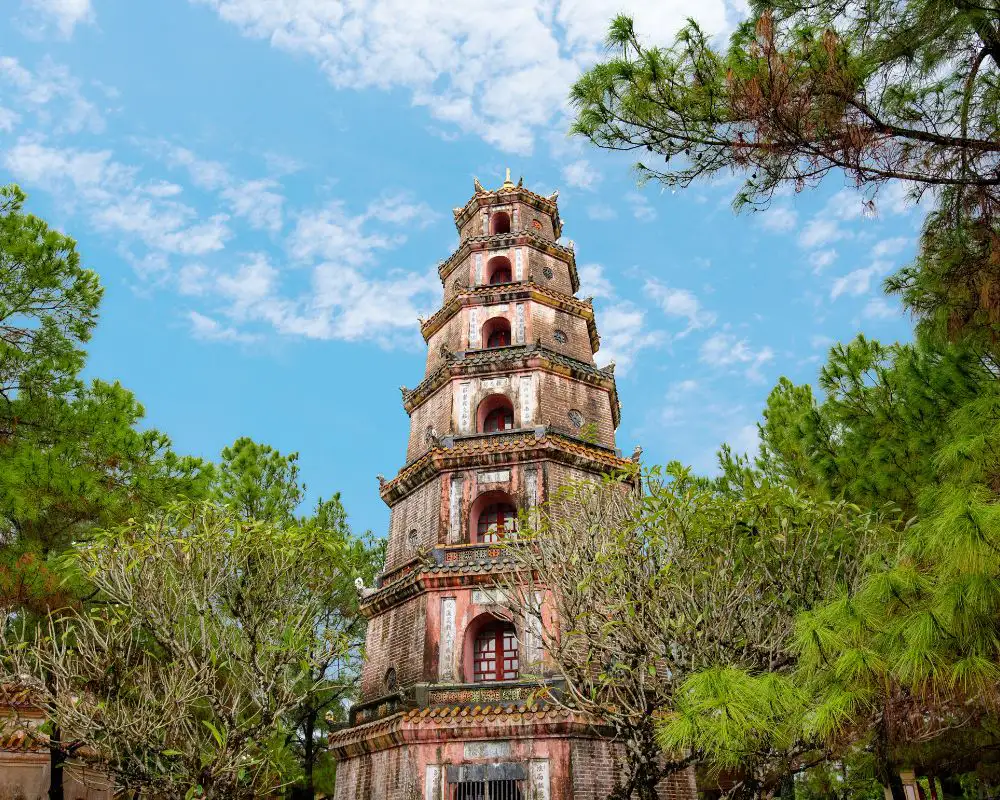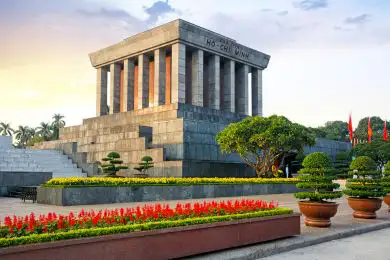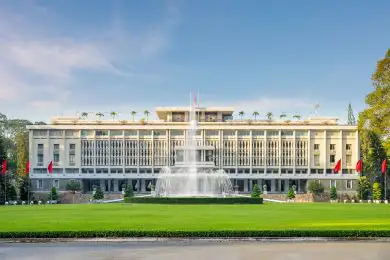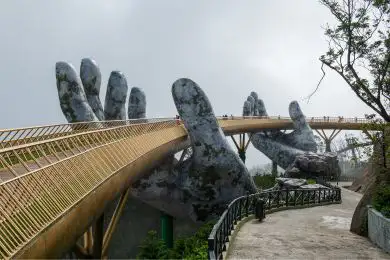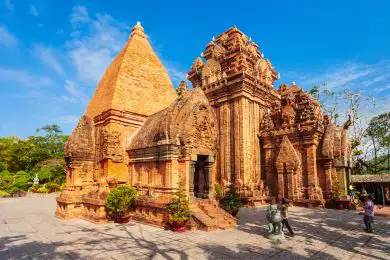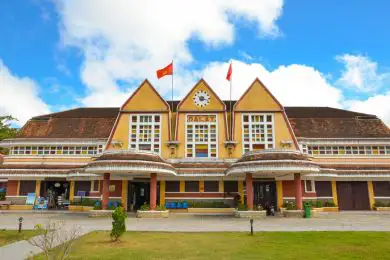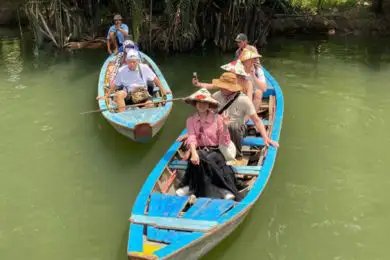Khai Dinh Tomb is one of Vietnam’s most iconic and intriguing mausoleums. It also belongs to top Best Things Must Do in Hue that you shouldn’t miss. Located in Hue, this tomb is a testament to the rich history and architectural ingenuity of the Nguyen Dynasty. Commissioned by Emperor Khai Dinh in 1920, it took 11 years to complete and represents a fusion of traditional Vietnamese and Western architectural styles.
This article delves into the tomb’s historical context, design elements, and cultural significance, offering visitors and history enthusiasts a comprehensive guide.
Khai Dinh Tomb infomation
- Address: Chau Chu Mountain, about 10 km away from Hue City, Vietnam
- Hours of Opening: 7:30 am – 5:00 pm
- Entrance fee: 80.000 – 100.000 VND ( Adult), 20.000 VND ( Children)
History of Khai Dinh Tomb
The construction of the Khai Dinh Royal Tomb began during a significant cultural and political change in Vietnam. Emperor Khai Dinh, the twelfth ruler of the Nguyen Dynasty, ascended to the throne when Vietnam was under French colonial rule. His reign was marked by efforts to modernize the country while preserving its cultural heritage. The tomb reflects these dual influences, blending classical Vietnamese elements with contemporary European styles.
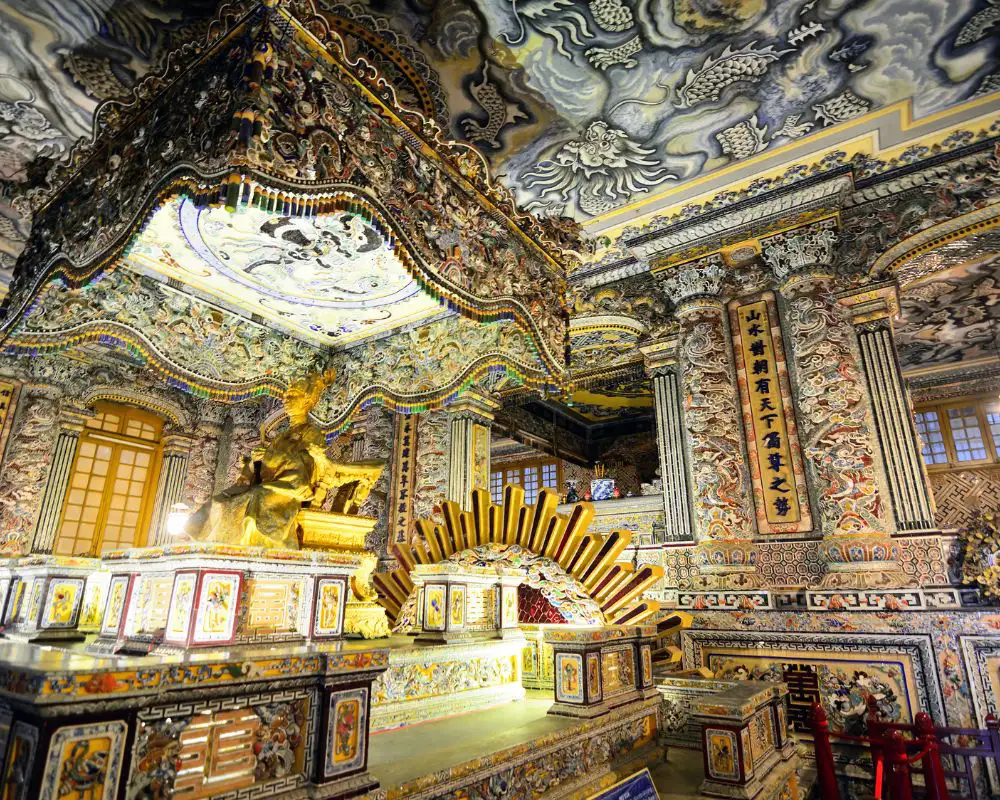
Where is Khai Dinh tomb located?
Khai Dinh Royal Tomb is situated on the slopes of Chau Chu Mountain, about 10 kilometers from the city of Hue. The site is easily accessible by road, with various transportation options, including taxis, motorbikes, and organized tours. The tomb’s location offers breathtaking views of the surrounding countryside, making the journey itself a memorable experience.
Khai Dinh tomb architecture
The architectural style of Khai Dinh Tomb in Hue is unique among the royal tombs of the Nguyen Dynasty. It showcases a harmonious blend of Eastern and Western influences, emphasising Gothic elements, Renaissance aesthetics, and Baroque details. This eclectic mix makes the tomb stand out, reflecting Emperor Khai Dinh’s modernization and cultural integration vision.
A notable feature of Khai Dinh Tomb is its use of imported materials, reflecting the global influences on Vietnamese architecture during this period. Materials such as wrought iron, concrete, and glass were brought from France, while ceramics and other decorative elements were sourced from China and Japan. This combination of local and imported materials adds to the tomb’s distinctive character.
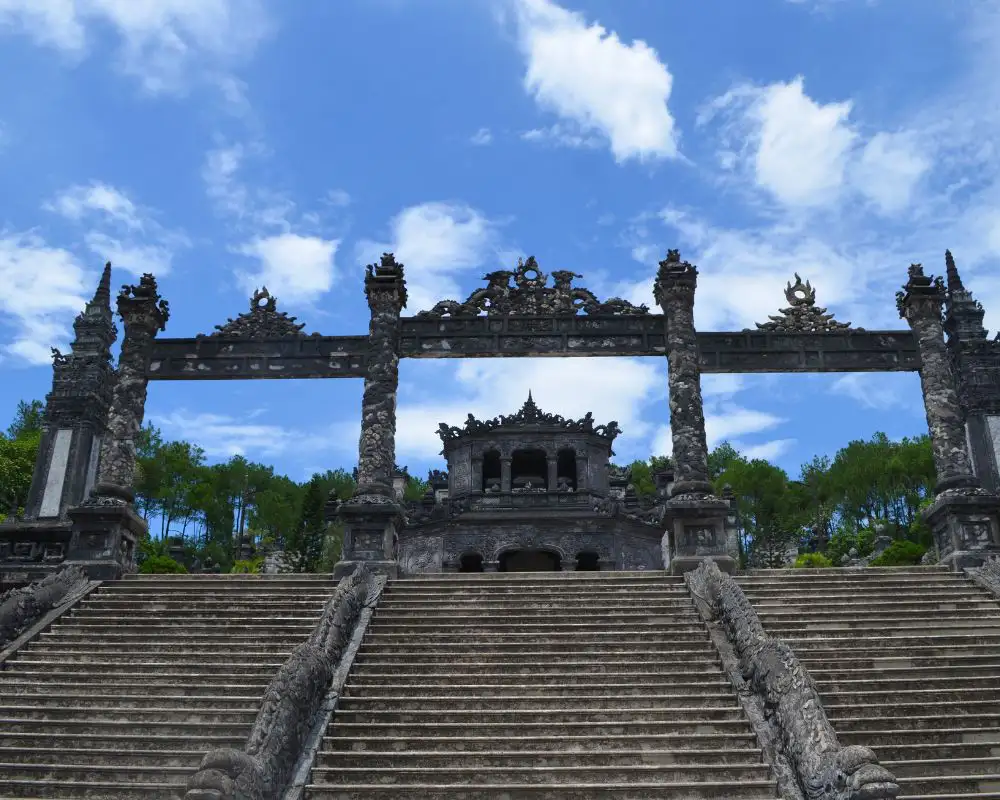
Khai Dinh Tomb is rich in symbolism, with many elements reflecting the emperor’s life, beliefs, and aspirations. The dragon motifs, for example, symbolize imperial power and strength, while the lotus flowers represent purity and enlightenment. The tomb’s design also incorporates feng shui elements, ensuring harmony and balance within the structure.
The influence of French architecture is evident throughout Khai Dinh Tomb, reflecting the cultural exchange between Vietnam and France during the colonial period. Elements such as wrought iron gates, Gothic arches, and Baroque details are integrated into the design, creating a unique blend of Eastern and Western styles.
Exterior Design
Its imposing structure and intricate details characterize the exterior of Khai Dinh Tomb. The tomb is built on a steep hillside, with terraces and stairways leading up to the main building. The grey stone facade, adorned with intricate carvings and decorative motifs, gives the tomb a solemn yet majestic appearance.
Interior Design
The interior of Khai Dinh Tomb is equally impressive, featuring a lavish use of materials and intricate artistry. The main hall, Thien Dinh Palace, is adorned with stunning frescoes, elaborate mosaics, and richly decorated altars. The use of vibrant colors and intricate designs creates a striking contrast to the tomb’s austere exterior.
Must-See Attractions at Khai Dinh Tomb
Several key features define Khai Dinh Tomb, each contributing to its grandeur and significance. These include the Stele Pavilion, the Courtyard and Stairs, the Main Shrine, the Imperial Audience Court, and the Tomb Chamber. Each element is designed meticulously, reflecting the emperor’s desire for a lasting legacy.
Stele Pavilion
The Stele Pavilion houses a large stone tablet inscribed with the life and accomplishments of Emperor Khai Dinh. This pavilion is a focal point of the tomb, showcasing the intricate carvings and ornate details that characterize the entire complex. The inscriptions provide valuable historical insights into the emperor’s reign and the cultural context of the time.
Thien Dinh Palace
Thien Dinh Palace, the main shrine within Khai Dinh Tomb, is a masterpiece of artistic and architectural design. The hall is lavishly decorated with stunning frescoes, mosaics, and statues, each reflecting the artistic influences of the period. The altar, dedicated to Emperor Khai Dinh, is the centerpiece of the shrine.
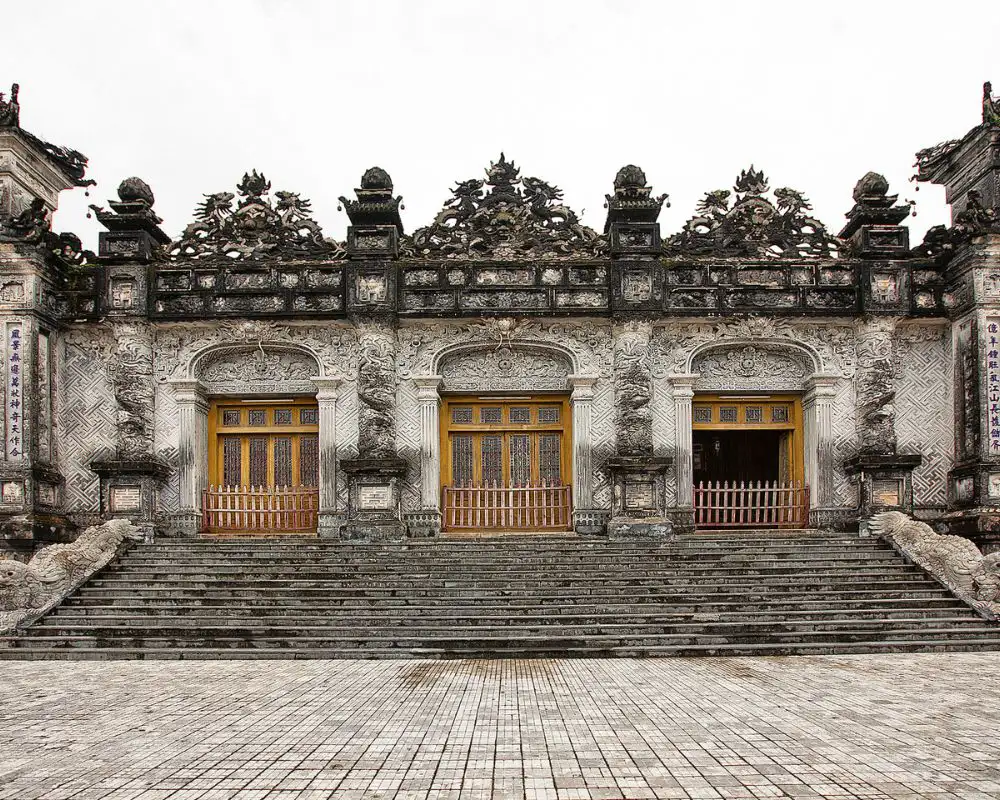
Courtyard and Stairs
The courtyard and stairs are central elements of Khai Dinh Tomb, guiding visitors through the different levels of the complex. The grand staircase, flanked by imposing statues of mandarins, soldiers, and mythical creatures, leads to the main building. The courtyard is spacious and adorned with intricate patterns and statues, creating a sense of awe and reverence.
Main Shrine
The Main Shrine, or Thien Dinh Palace, is the heart of Khai Dinh Tomb. This hall is lavishly decorated with frescoes, mosaics, and statues, each element reflecting the artistic and cultural influences of the period. The altar, dedicated to Emperor Khai Dinh, is the centrepiece of the shrine, surrounded by offerings and ceremonial items.
Imperial Audience Court
The Imperial Audience Court is another significant tomb feature, designed to reflect the emperor’s authority and grandeur. This area is where official ceremonies and rituals were held, with its design emphasizing symmetry and order. The court is adorned with statues and decorative elements highlighting the emperor’s status and legacy.
Tomb Chamber
The Tomb Chamber is the final resting place of Emperor Khai Dinh. This chamber is located deep within the complex, accessible through passages and halls. The tomb itself is a masterpiece of artistry, with elaborate carvings, mosaics, and gold leaf decorations. It is a solemn and sacred space, reflecting the emperor’s eternal legacy.
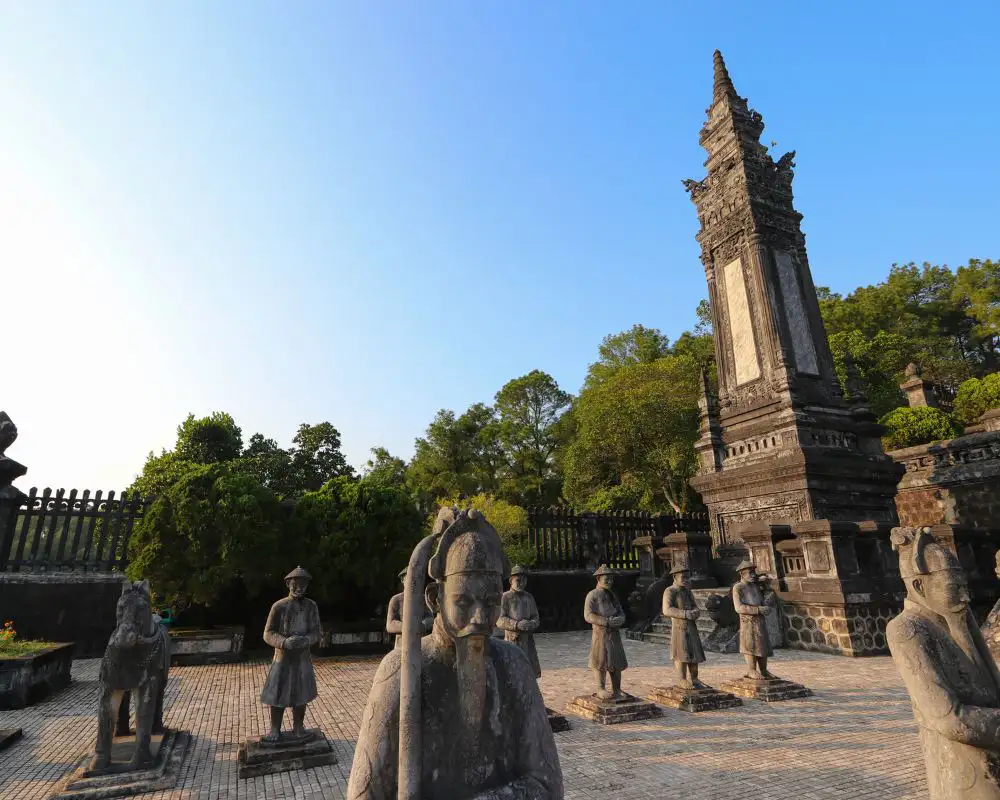
How to get to Khai Dinh tomb?
The trip by boat to Khai Dinh tomb takes about 45 minutes, which is about 20 minutes longer than driving there.
Alternately, you can take National Road 49 if you are already in the downtown area. You can get there by driving a car or riding a motorcycle, or you may take a bus. There is also the option of taking a bus that is going to Dong Ba – Cho Tuan and getting out at the Khai Dinh bus stop.
Taking a private car to get to Khai Dinh Tomb is the most time- and cost-efficient mode of transportation. Contact with Vietnam Budget Car Rental to a good price.
The Khai Dinh Tomb is one of the most breathtaking tourist attractions in Hue, and visitors to this royal kingdom shouldn’t let the opportunity to see it pass them by. If you are planning a trip to Hue, you should include this place of interest in the itineraries you create. The one-of-a-kind aesthetics, nostalgic atmosphere, and cultural values that it embodies are absolutely going to blow your mind.
Best Time to Visit royal tomb of emperor Khai Dinh
The best time to visit Khai Dinh Tomb is during the dry season, from March to August, when the weather is pleasant and conducive to outdoor exploration. Visiting during early morning or late afternoon can also provide a more comfortable experience, avoiding the midday heat. Additionally, these times offer the best lighting for photography, capturing the beauty of the tomb in all its glory.
Visitor Tips
For those planning to visit Khai Dinh Tomb, here are some helpful tips to enhance your experience:
- Wear comfortable walking shoes, as the site involves climbing stairs and walking on uneven surfaces.
- Bring water and sunscreen, especially if visiting during the warmer months.
- Take your time to explore the details and intricate designs, as each element of the tomb has its own story and significance.
- Consider hiring a local guide to gain deeper insights into the history and architecture of the tomb.
- Respect the cultural and historical significance of the site by following guidelines and preserving its integrity.
If you want to visit Khai Dinh Tomb, Vietnam Trails Travels offers a comprehensive Hue tour that includes a visit to Khai Dinh Tomb, providing an immersive experience into the history and architecture of this unique site. The tour is designed to offer a deep understanding of Khai Dinh Tomb’s significance while also exploring other notable attractions in Hue.
You can refer to some our program tours:




